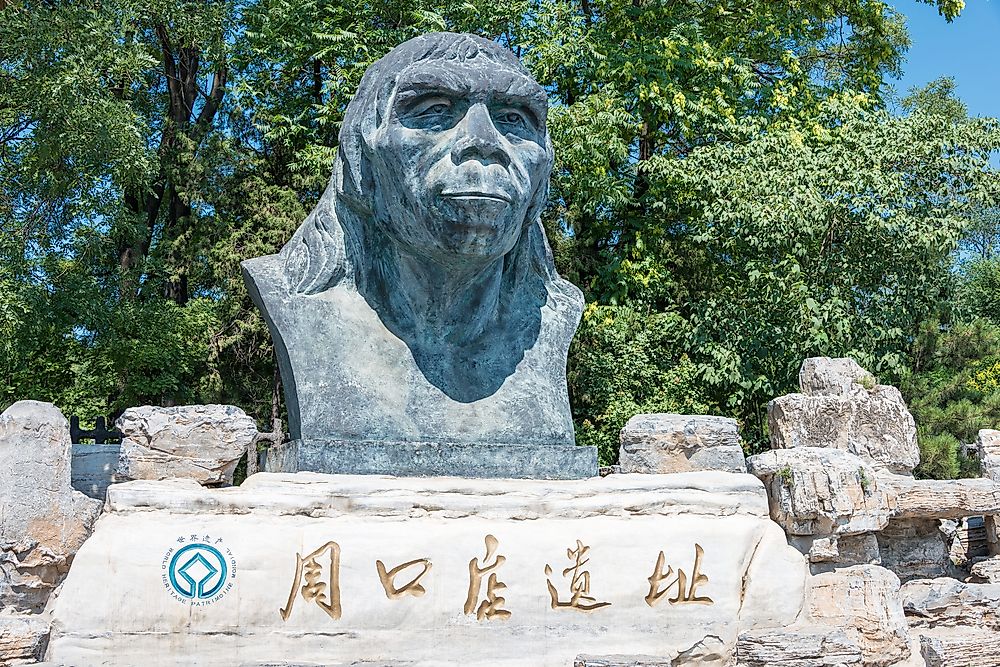What Is Peking Man?

Peking Man was the name given to the fossil remains of a Homo Erectus, and an extinct hominid believed to be an ancestor of modern humans. The remains got their name after the city of Peking, China (modern-day Beijing) where they were unearthed by archeologists between 1923 and 1928. The fossil remains are so interesting among palaeontologists because they disappeared during the Second World War. While the location of the original fossils is a mystery, well-detailed descriptions and casts of the fossils are in excellent condition.
Discovery
The Zhoukoudian cave system, where Peking Man was unearthed, was designated as a World Heritage Site by UNESCO in 1987. The discovery of the Peking Man’s fossil was gradual, starting with the unearthing of a fossilized tooth in 1923 by Otto Zdansky, a palaeontologist from Austria, with other subsequent significant discoveries of teeth, a jaw, and skull, being made between 1923 and 1928.
Ancestry
Renowned 20th-century palaeontologist Franz Weidenreich, once made it public that he believed Peking Man was the Chinese people’s ancestor, basing his argument on his widely-accepted 1946 multiregional theory of human evolution. Franz Weidenreich had studied the fossil remains of the hominid for several years, making his findings relevant and credible. However, many Chinese scholars disputed Franz’s claim, stating that the remains of Peking Man resembled Europeans than modern Chinese. Nonetheless, scholars and palaeontologists agree that Peking Man is most likely a progenitor of modern humans.
Disappearance
The remains of Peking Man were initially housed at Peking’s Union Medical College, where intensive studies were conducted. The excavations of the fossils were halted in 1937 after Japan invaded China during the Second World War. By 1941, Beijing (Peking) had fallen under Japanese control, but it is believed that before Japanese forces could reach Union Medical College, the remains of Peking Man were stored in two big crates and transferred to the Chinese port of Qinhuangdao by US Marines, where security was guaranteed from the nearby American base, Camp Holcomb. The intention was to then transport the fossils to New York at the American Museum of Natural History through a ship. The fossils disappeared during their marine journey to the United States, never to be found again even after a reward amounting to $5,000 towards its recovery was offered by an American financier in 1972. Recently, the Chinese government established a committee to search for the fossils, which was instituted at the time the world was marking the 60th anniversary of the end of WWII in 2005. All that remains of Peking Man are four of its original teeth, which are housed at Uppsala University’s Paleontological Museum.
Explanation of the Disappearance
The vanishing of the remains of Peking Man has spurned numerous theories, attempting to explain the disappearance. One theory has it that the American ship in which the remains were transported, was sunk before its arrival in the United States. Another theory states that the remains did not leave China but were grounded up to make traditional medicine. One somewhat controversial one state that the remains were not transported in an American ship, but were instead transported in a Japanese vessel destined for Japan.











